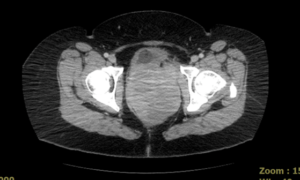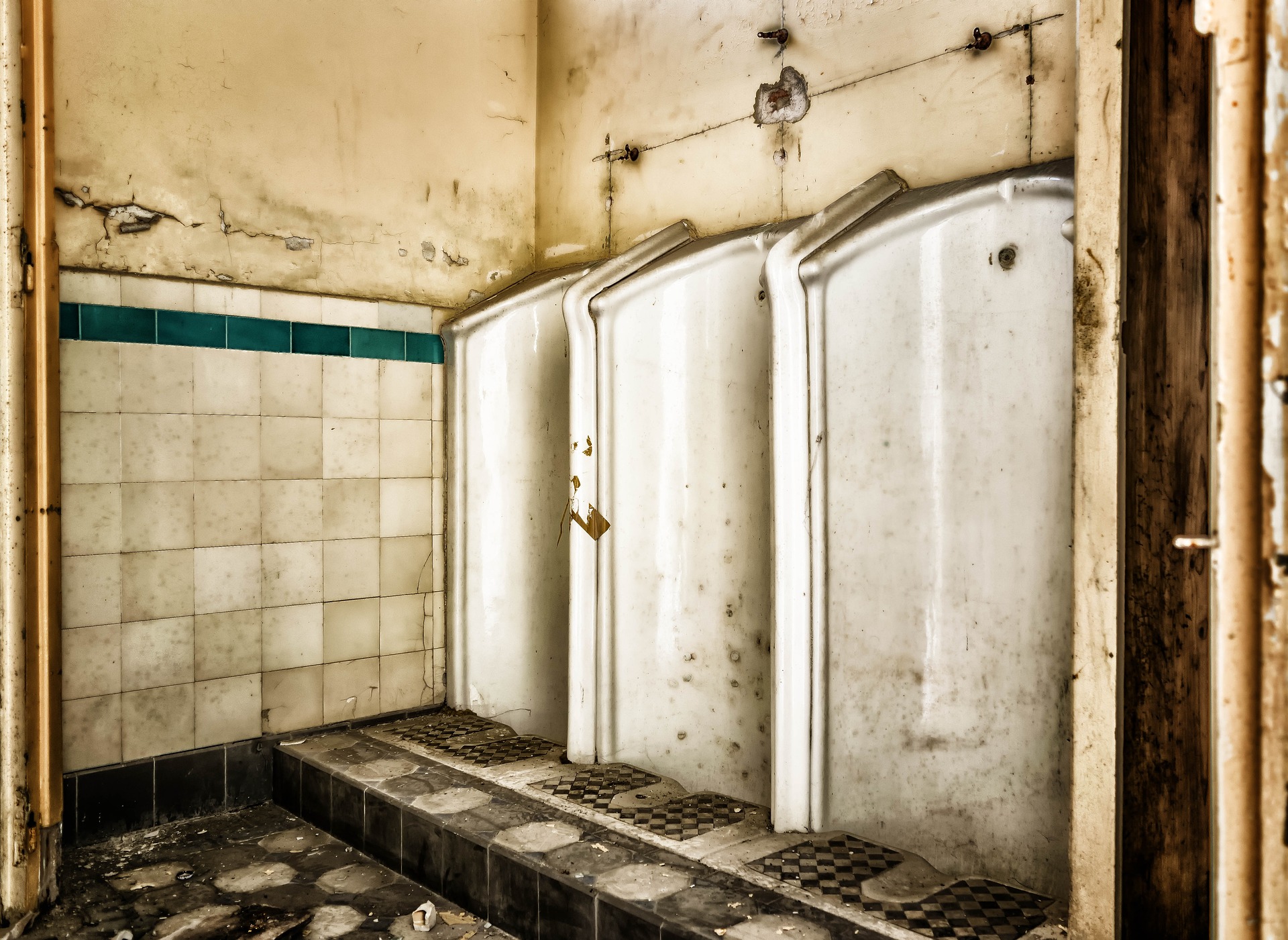CC: Urinary retention
HPI: 44 yo F presents with suprapubic abdominal pain since this AM. She also complains of dysuria and denies fever, chills, hematuria, vaginal bleeding or discharge, flank pain, N/V/D, CP, SOB or any other symptoms. This is her third visit to the ED in the past 3 days for urinary retention. On patient’s initial visit, she c/o pelvic pain, dysuria and urinary retention for 12 hours. A straight urinary catheter was placed, and 2 liters of urine was drained and the pt was d/c’d home and told to follow up with her PMD. Yesterday, pt returned once again to the ED c/o urinary retention during which a Foley catheter was placed and 900 cc of urine was collected. No UTI was documented. Today, pt still c/o a sense of fullness and has been unable to urinate since 4 am despite having the Foley catheter in place and emptying the bag. Pt called her PMD last night during which he prescribed her Ciprofloxacin for a presumed UTI.
PMH/PSH: None
Meds/Allergies: None
Social: Denies
Physical Exam: Vitals: BP 130/84 P 144 RR 17 O2 sat 100% RA Temp 98.2F
General: Awake, alert, in no acute distress, comfortable
Cardiac: RRR , S1 S2, no murmurs
Lungs: CTAB, no rales, no rhonchi, no wheezing
Abd: Soft, with mild tenderness in suprapubic area. No distention. No rebound or guarding
Back: No CVA tenderness
GU: Foley catheter in place with empty bag
Extremities: No edema or rashes. Able to move all extremities
Neuro: AAO x 3
Labs
WBC: 10. 5
Hg/Hct: 13.3/40
Platelet: 215
Na: 141
K+4.6
CL –: 102
CO2: 26
BUN: 9
Cr: 0.83
Urine HCG: Negative
Urinalysis:
Ketones: Small
Blood: Small
Nitrite Urine: NEG
Leukocyte Esterase: Moderate
RBC: 0-3
WBC: 11-20
Bacteria: Rare
Imaging:

DDX: Vaginal Mass vs Urinary Retention vs UTI
ED Course:
Upon evaluation, the Foley catheter’s leg bag straps were fitted incorrectly causing a drainage bag obstruction. In the ED, the obstruction was resolved and catheter was successful draining urine.
The reading of the CT abd/pelvis was: CT Abd/Pelvis W/ and w/o Contrast: There is a 9.9 x 9.4 x 9.9 cm vaginal mass, which displaces the uterus cephalad, and likely the cervix and the bladder anteriorly which is quite effaced. The mass is likely centered in the mid and posterior vagina, which is worrisome for a vaginal or possibly a cervical malignancy although could be of other etiology and warrants a follow up MRI. The most worrisome component is anteriorly to the left where there is either a lymph node measuring 3.7 x 2.5 x 4.7 cm or extrusion of the mass. A left ovary is likely seen with an involuting cyst measuring 2.1 x 1.6 x 1.7 cm quite cephalad to the lesion
OB/GYN was consulted. They came down to evaluate the patient and perform a vaginal speculum exam, which revealed a small amount of malodorous thick discharge similar to pus and a palpable mass in left vaginal wall. OB-GYN recommended patient continues to take Ciprofloxacin as prescribed by her PMD and return to the Emergency Dept. in 3-4 days for re-evaluation and admission to the hospital for a Diagnostic laparoscopy
Pt returned to the ED 4 days later, during which she was admitted and underwent a diagnostic laparoscopy, Left salpingo-oophorectomy and resection of vaginal mass. Foley Catheter was inserted in operating room and pt was d/c home from Same day Surgery.
Discussion:
• Acute Urinary Retention (AUR) in women is rare. It is estimated that are 3 cases of AUR per 100,000 women per year.
• The female to male incidence ration is 1:13
• The most common cause of AUR is obstruction. In women, it is usually secondary to anatomic distortion, including pelvic organ prolapse, pelvic masses, or less likely urethral diverticulum.
• Other less common etiologies include neurogenic causes (MS, Cauda equine syndrome, metastatic spinal cord lesion, neuropathy) and infectious causes (cystitis, Herpes simplex (genital), local abscess, PID).
• Evaluation should include: UA with urine cultures, Chemistry, CBC if you suspect infection or massive hematuria, and a bedside ultrasound to verify retention. Then bladder decompression by inserting Foley catheter. Incomplete retention is PVR > 50mL and > 100mL in patients > 65 years of age
• Pearls: Urinary retention in women is rare. Think of a pelvic mass as a cause, especially if urine is clean. Have a low threshold for obtaining a CT Abd/pelvis to confirm diagnosis.
Post by: Dr. Yenis Paez-Perez, DO
